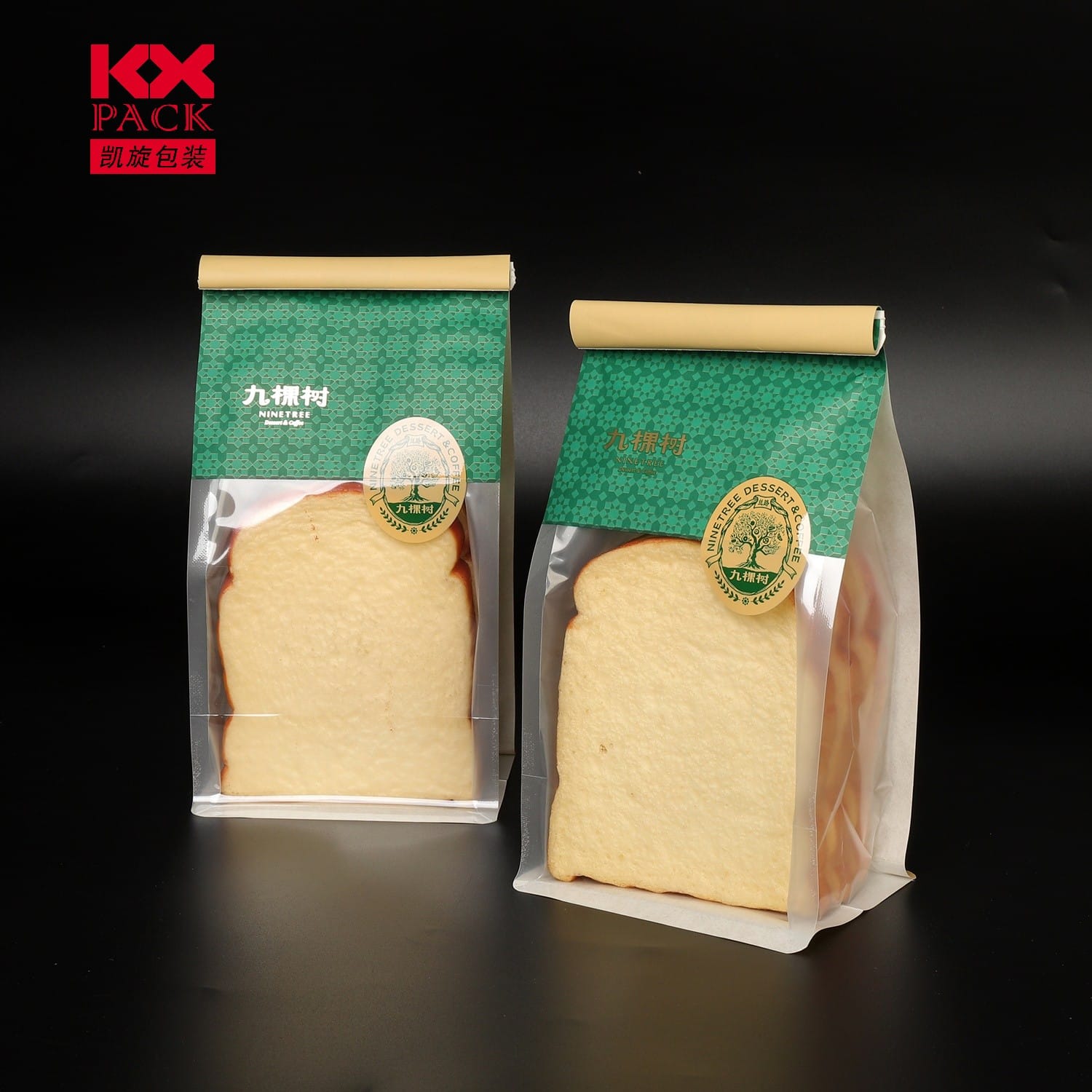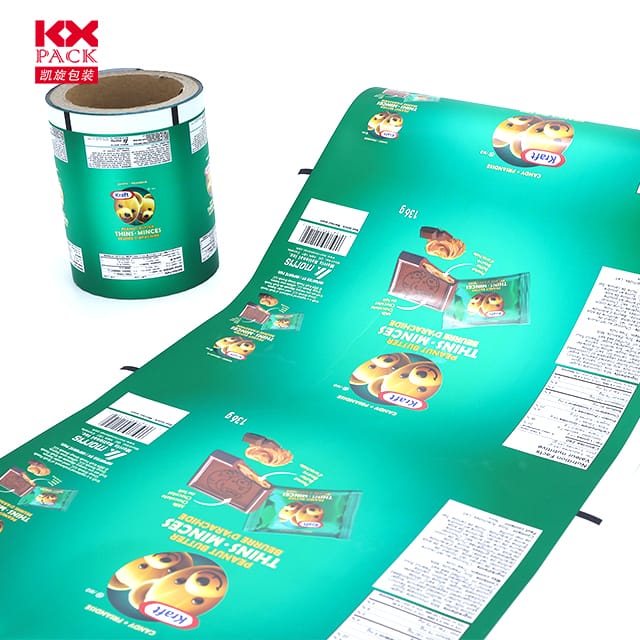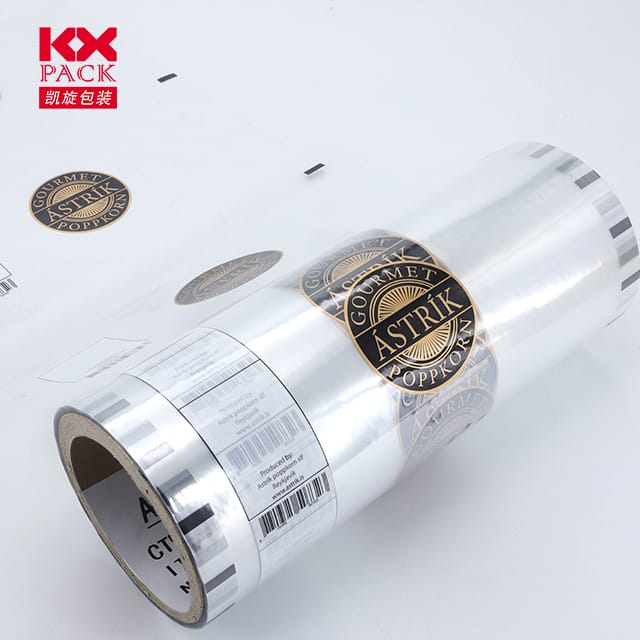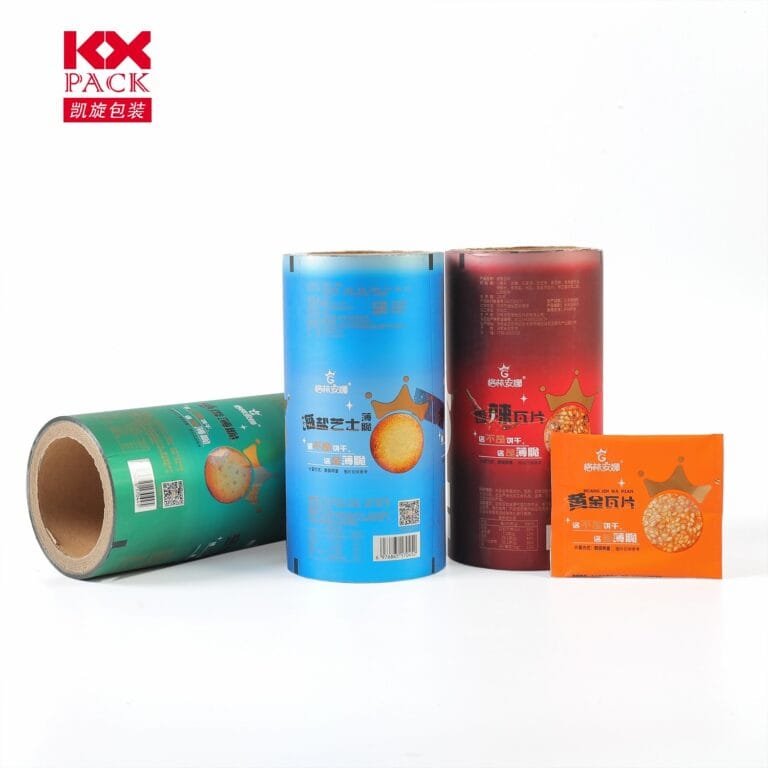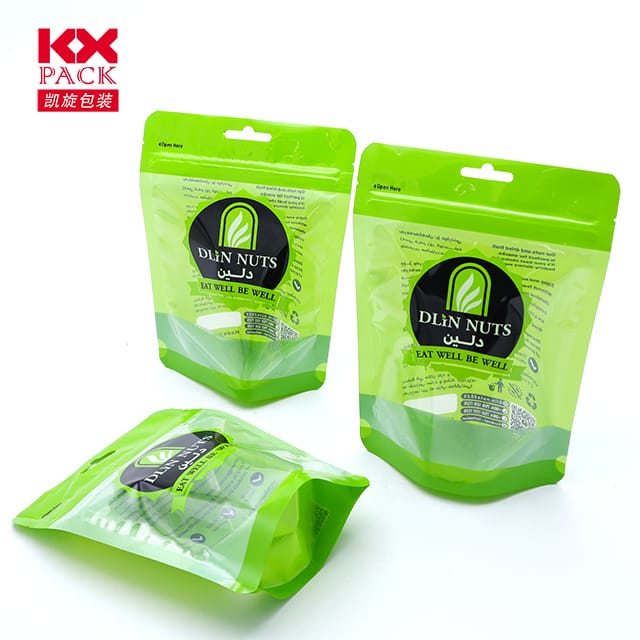De evolutie en impact van flexibele films in voedselverpakkingen
Flexibele films
In the dynamic world of food packaging, flexible films zijn naar voren gekomen als een game-wisselaar, een revolutie teweegbrengen op hoe producten worden bewaard, gepresenteerd, en getransporteerd. Innovatie combineren met duurzaamheid, deze lichtgewicht, aanpasbare materialen hervormen de industrie en richten zich op de groeiende eisen van de consument voor gemak en milieubewuste oplossingen.
Wat zijn flexibele films?
Flexibele films zijn dun, pliable sheets made from polymers like polyethylene (PE), polypropyleen (PP), polyester (HUISDIER), or biodegradable alternatives such as polylactic acid (PLA). Designed to conform to product shapes, they offer versatility unmatched by rigid packaging. Common applications include pouches, wraps, lids, and bags for snacks, fresh produce, dairy, and ready-to-eat meals.
Key Advantages of Flexible Films
- Enhanced Product Protection
Flexible films create airtight barriers against moisture, zuurstof, en licht, extending shelf life and reducing food waste. Advanced multilayer structures can incorporate oxygen scavengers or UV filters for superior preservation. - Sustainability Benefits
Compared to traditional materials, flexible films require fewer resources to produce and transport, lowering carbon footprints. Many are now recyclable or compostable, aligning with global circular economy goals. Bijvoorbeeld, Dow’s RecycleReady technology enables recyclable pouches, while companies like TIPA® offer certified compostable films. - Cost-Efficiency and Convenience
Lightweight and space-saving, flexible films reduce storage and shipping costs. Their resealable designs—like zippers or spouts—enhance user experience, catering to on-the-go lifestyles. - Branding and Shelf Appeal
High-definition printing capabilities allow vibrant, customizable designs, helping brands stand out in competitive retail environments.
Challenges and Innovations
Despite their benefits, flexible films face hurdles:
- Recyclinginfrastructuur: Single-material films are easier to recycle, but multilayer variants (common in high-barrier packaging) remain problematic.
- Material Complexity: Balancing performance with eco-friendliness requires ongoing R&D.
Innovations Driving Change:
- Biologisch afbreekbare polymeren: Materials derived from corn starch or sugarcane are gaining traction.
- Chemical Recycling: Breakthroughs like enzymatic degradation promise to recycle mixed-material films.
- Slimme verpakking: Integration of sensors to monitor freshness or RFID tags for supply chain transparency.
The Future of Flexible Films
The market for flexible food packaging is projected to grow at aCAGR van 5.2% through 2030 (Grand View Research), fueled by:
- Rising e-commerce: Demand for durable, lightweight shipping materials.
- Health-Conscious Consumers: Preferences for hygienic, single-serve portions.
- Regulatory Pressures: Stricter bans on single-use plastics are accelerating adoption of sustainable alternatives.
Conclusie
Flexible films represent a bridge between functionality and environmental responsibility. Naarmate de technologie vordert, their role in reducing waste, enhancing food safety, and delighting consumers will only expand. Brands that embrace these materials today are not just staying ahead—they’re contributing to a healthier planet.
Call to Action:
Are you ready to explore flexible packaging solutions for your brand? Share your thoughts or questions in the comments below—let’s discuss how innovation can meet sustainability in the food industry!
Word count: ~550
Trefwoorden: flexible films, food packaging, duurzaamheid, innovatie, recycling

